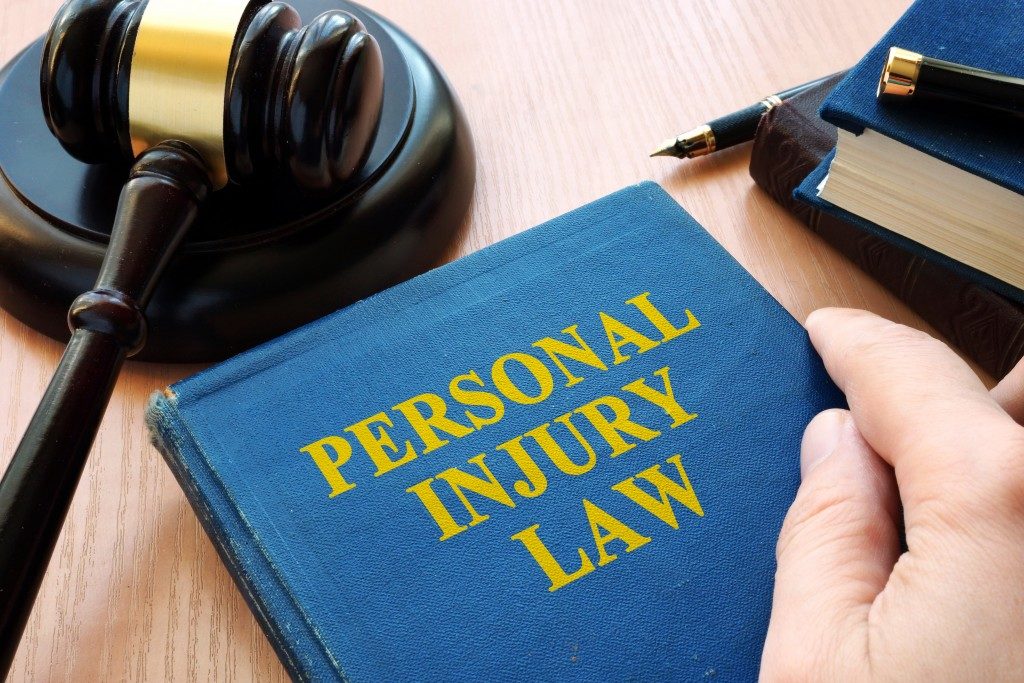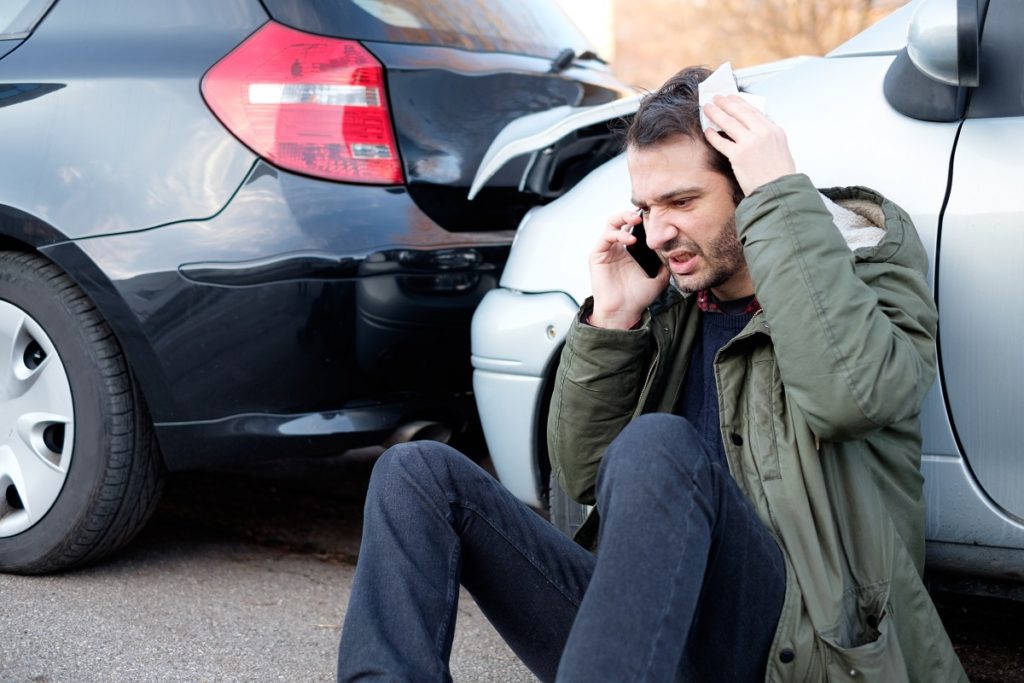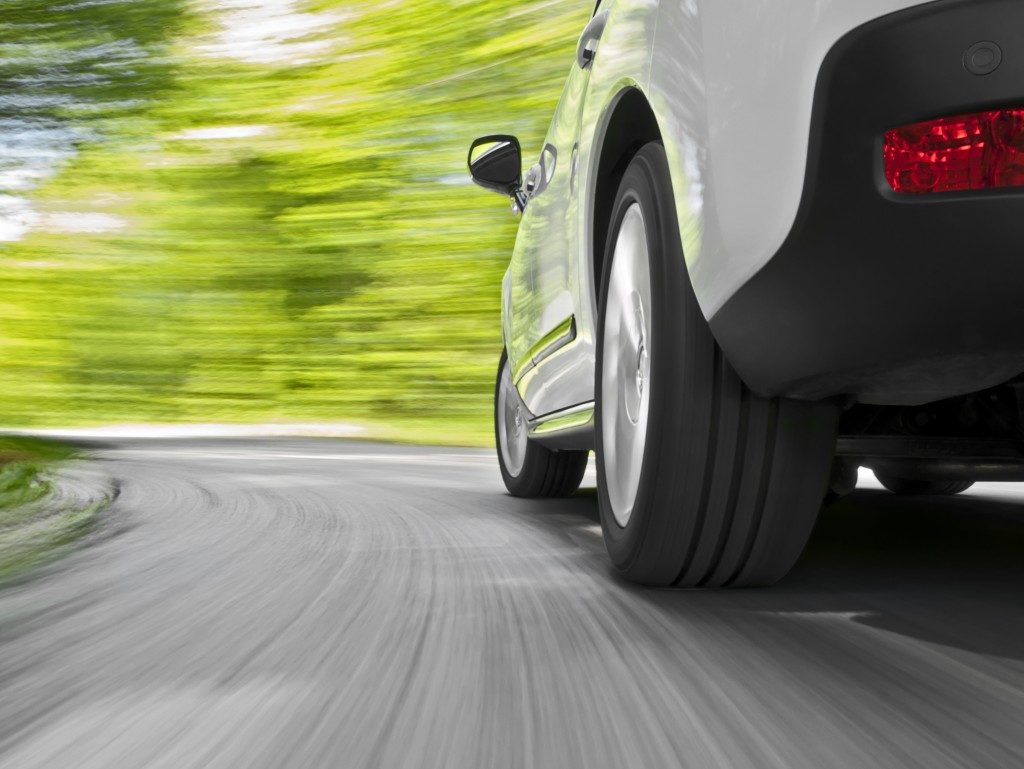There is a more substantial burden than struggling to find the right personal injury attorney in places like Kent: the burden of proof. To accommodate a claim, the court requires a victim (the plaintiff) of a case to produce evidence. Such evidence must show liability and damages to the victim to be rightfully compensated.
The Burden of Proof
In a criminal case, to produce a verdict, guilt must be proven beyond a reasonable doubt. The requirement in a civil claim for damages is the provision of evidence that demonstrates that a tort was committed. The proof should also show that the victim suffered from it. This burden can, however, be complicated, depending on the uniqueness of the events that led to the injury.
If the victim can deal with the burden of proof and if all the pertinent information is deemed correct, the court’s ruling will be in their favor. The defendant will be held liable for negligence (among other reasons) that caused harm to the victim. The victim will then be compensated accordingly.
Important Evidence to Collect
A victim of an injury or accident claim will most likely need to produce some evidence based on the nature of the accident. This evidence can be in the form of a document. It can also be an artifact that supports the victim’s claim. A list of significant evidence is listed below:
1. Police Reports
These are public records and are available to both parties. There can be more than one report, depending on the number of agencies or officers who responded to an incident. Such records, nevertheless, are not conclusive.
2. Witness Accounts
A witness account in the form of a statement comes from those who saw or heard the event (i.e., accident). Anyone with relevant knowledge of the accident can be asked for an account. The police, parties to the accident and an oversight agency, can ask for such statements.
3. Victim’s Statement
This statement is the most important. It must be taken when the victim has the best recall of the accident. A lawyer representing the victim must know that the victim has provided a previous statement to ensure the strength (i.e., consistency) of the claim.
4. Medical Records
Medical records may include records from the emergency room, a doctor, an autopsy, or rehabilitation. These documents must state the entire period the victim was under care. They must also contain the cost of treatments and even medical history.
5. Videos, Photos, and Audio Records
Images from the accident that are taken before, during, and after the accident are critical, too. These show camera exposure times (videos) or nature of the accident (photos) that is relevant to the claim. Audio records will also present sounds captured during the event.
6. Dispatch Calls

911 calls made right after the accident are as valuable as recordings. They provide the nature of the accident and the time it occurred. It also reveals the emotions of the caller right after the event.
Other evidence of legal relevance is past violations or safety concerns regarding the defendant, the service history of the vehicle, and W2 forms to prove lost wages. The above list is usually enough to help a victim answer their burden of proof. Take note of this reminder, though. Organizing, filing, or safeguarding your documents and artifacts is essential. Keep a digital copy of them, too.
Freeing yourself from the burden of proving liability and damage can be stressful. As a victim, you are in physical and mental distress as a result of the accident. Having an approach to gather evidence and earning assistance from your support team can be very helpful.



